Boat Propeller ANSYS CFX Training
$100.00 Student Discount
- The problem numerically simulates the rotation of Boat Propeller using ANSYS CFX software.
- The geometry is designed in a 3D model with the SpaceClaim software.
- We performed the mesh of the model with ANSYS Meshing software, and the element number equals 4,037,941.
- Frozen Rotor is set for frame change model of the interfaces.
To Order Your Project or benefit from a CFD consultation, contact our experts via email ([email protected]), online support tab, or WhatsApp at +44 7443 197273.
There are some Free Products to check our service quality.
If you want the training video in another language instead of English, ask it via [email protected] after you buy the product.
Description
Description
In this project, the rotational movement of Boat Propeller in steady form is modeled via ANSYS CFX software.
Torque, or the force that makes anything revolve, is transformed into thrust by a propeller. A rotating propeller causes water to travel behind and downward behind the blades, producing a thrust of water from the blades.
Each blade has a particular curved design that, when it rotates, aids in moving the water behind it and down, functioning as a foil to do so before pushing the water out from behind.
The 3D geometry of the solution is designed in SpaceClaim software. The propeller which is placed at middle of the domain and closer to the inlet. The waterflow enters the domain with the velocity of 20m/s while the propeller rotates with the rotational velocity of 1500rpm.
Then the geometry is connected to the ANSYS Meshing software. The elements with a high quality are produced in tetrahedral type.
Furthermore, 5 layers of inflation is set around the circle which results in elements equal to 1,746,106 and 2,291,835 for stationary and rotating zones, respectively.
Methodology: Boat Propeller
The simulation is performed Independent of Time (steady state). In addition, the effects of gravity are neglected.
The turbulence model is Shear Stress Transport (k-ԑ SST).
The domain motion of the propeller zone is set to rotating. Also, the frame change model of the interfaces is set to Frozen Rotor.
The Advection Scheme and Turbulence Numeric is High Resolution.
Results
At the end of the solution process, two-dimensional contours, vectors and streamlines related to velocity, pressure, Eddy viscosity and the Turbulence Kinetic Energy are obtained.
As shown in the figures, the pressure amount on the propeller is visible.
The periodic behavior of waterflow over time is displayed in animations exported from CFD-Post software.
Also, paying more attention, the vortexes behind the propeller is clearly visible via vectors.
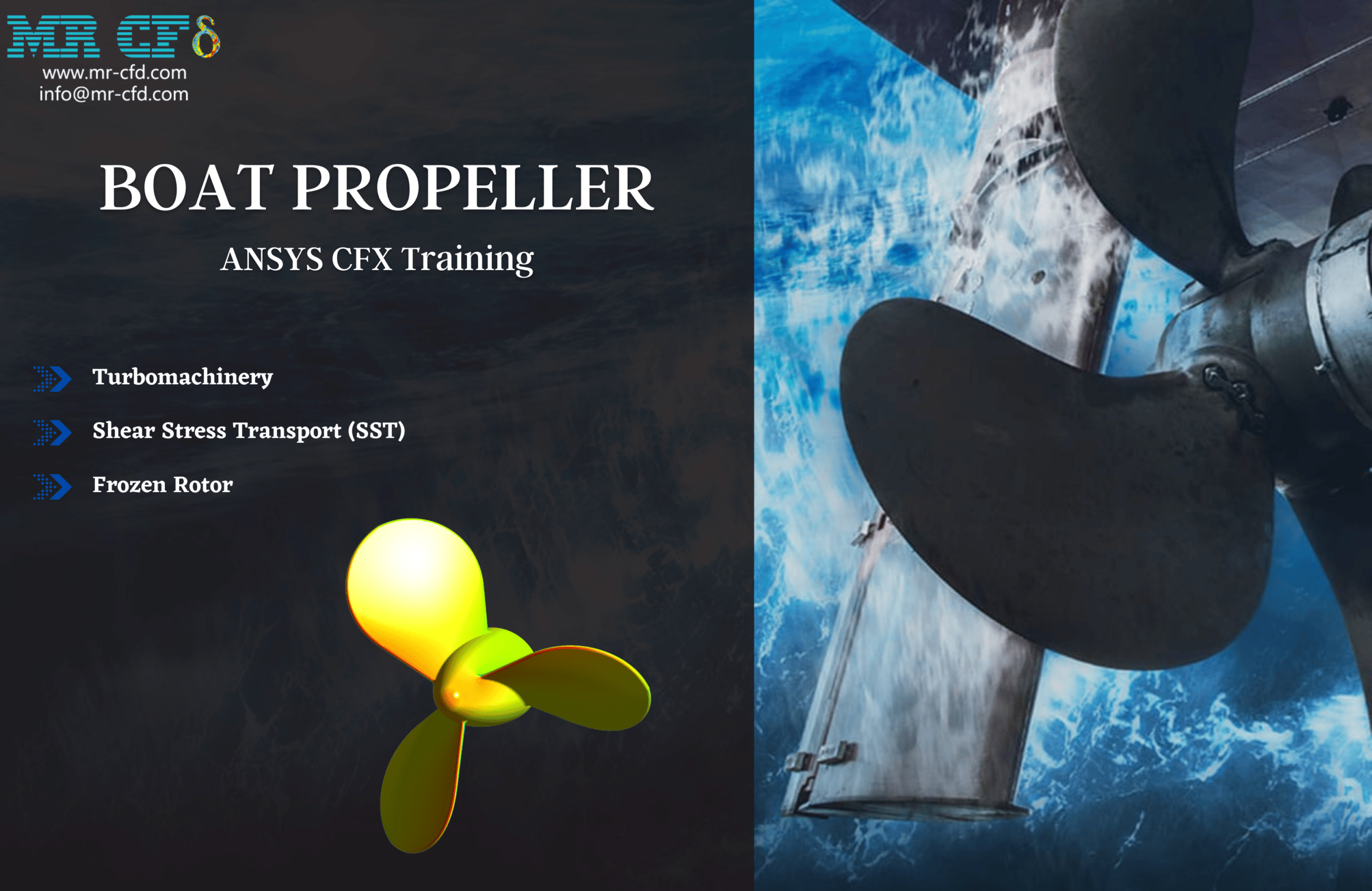
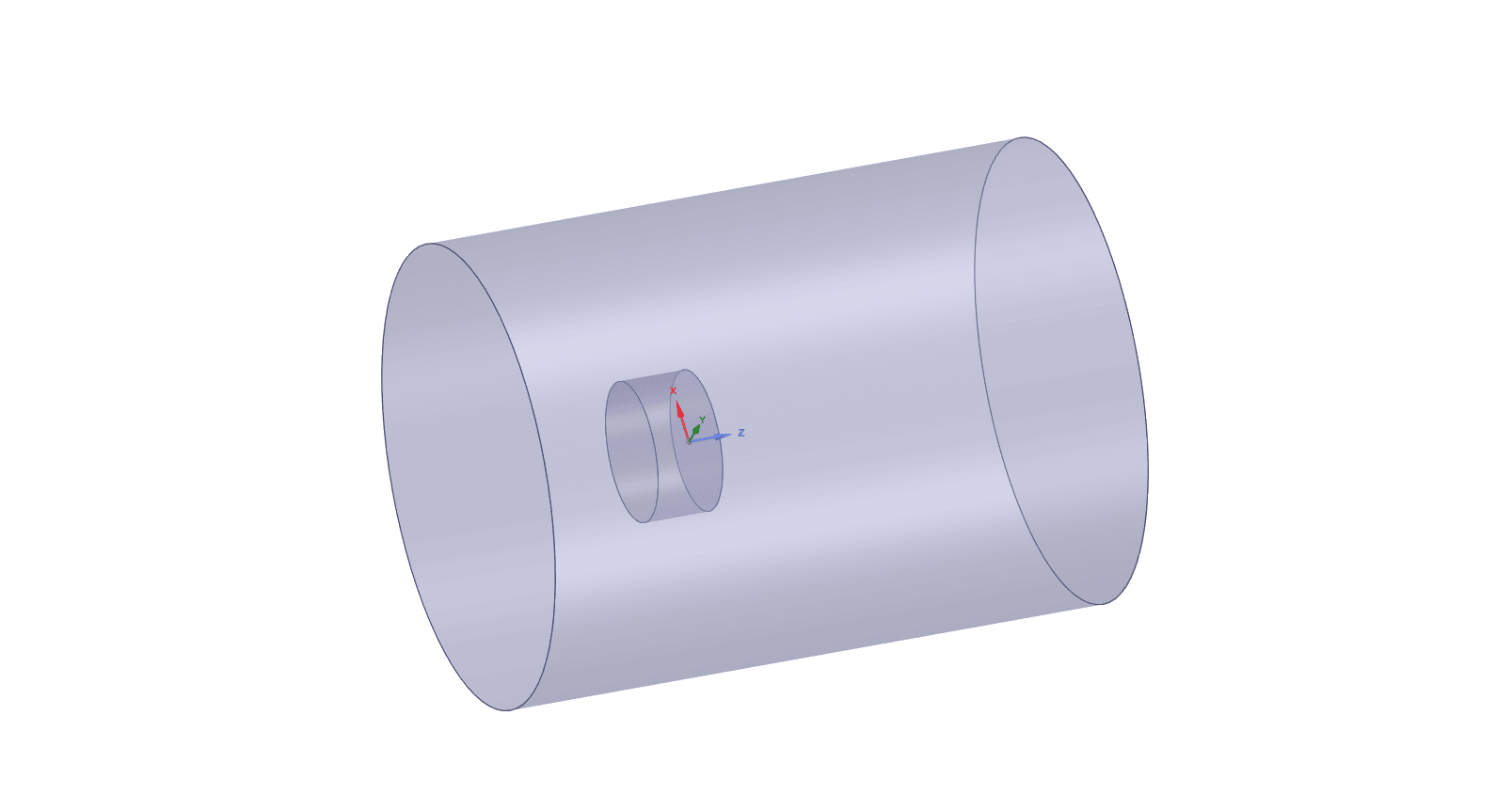
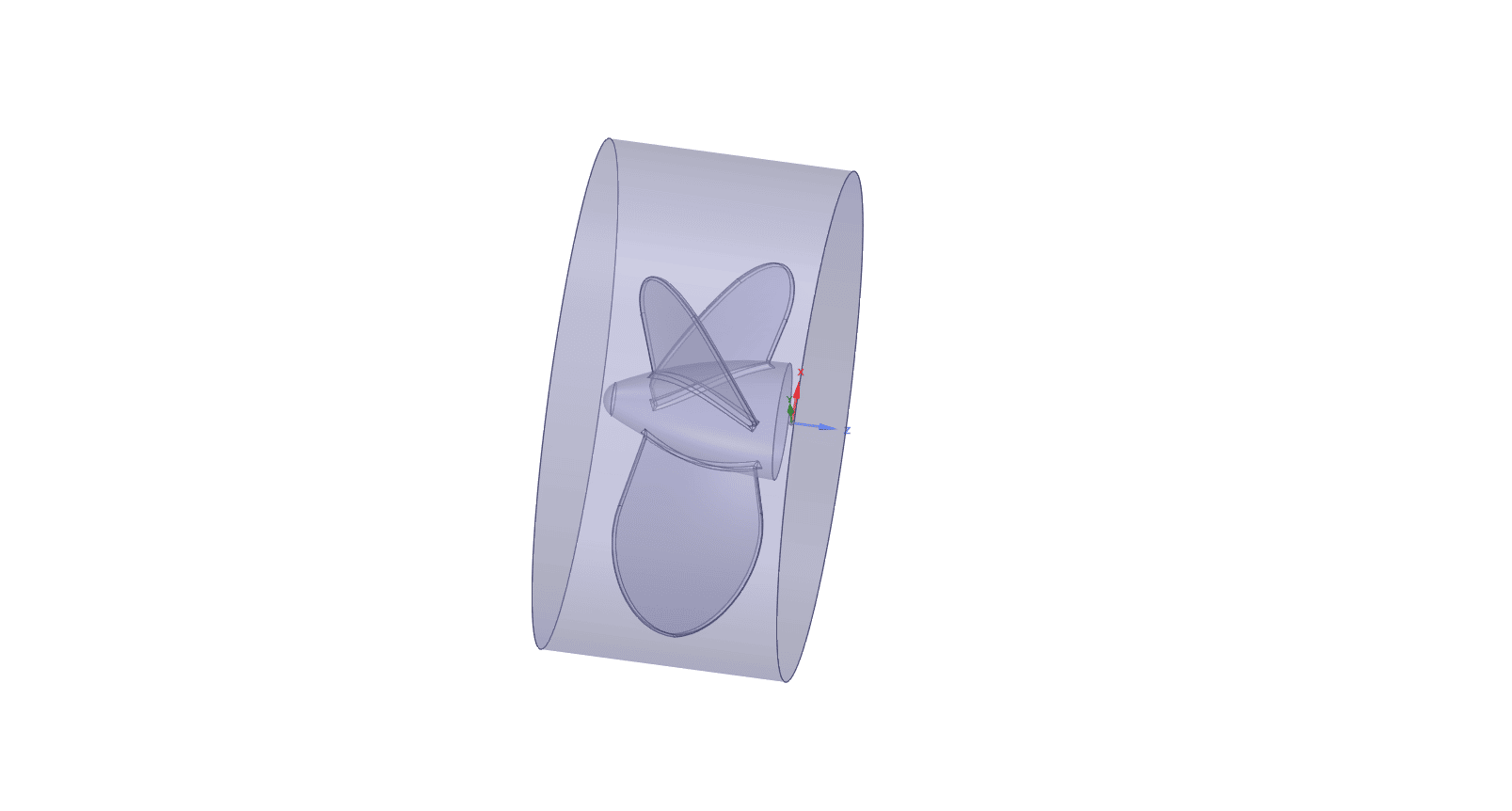
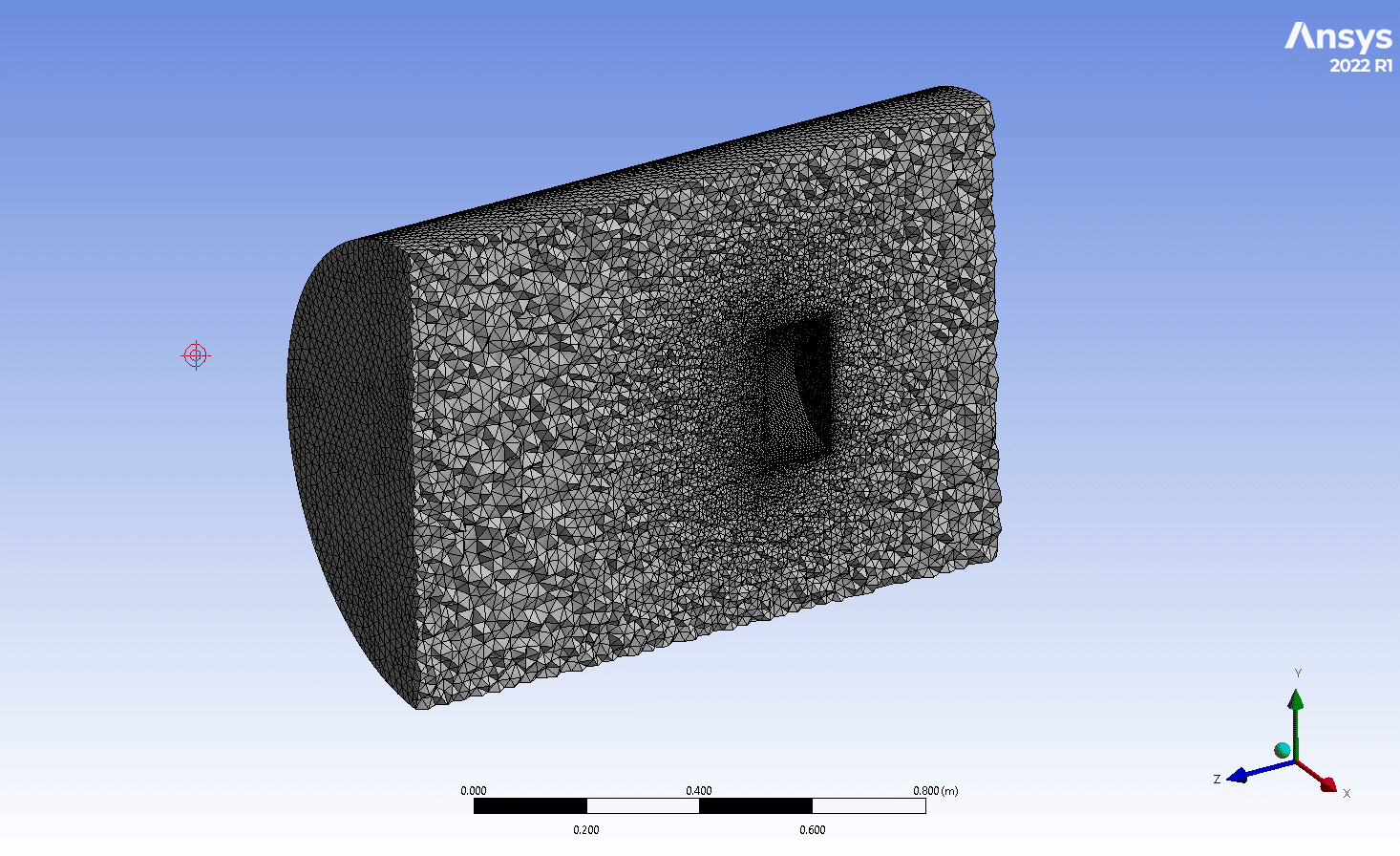
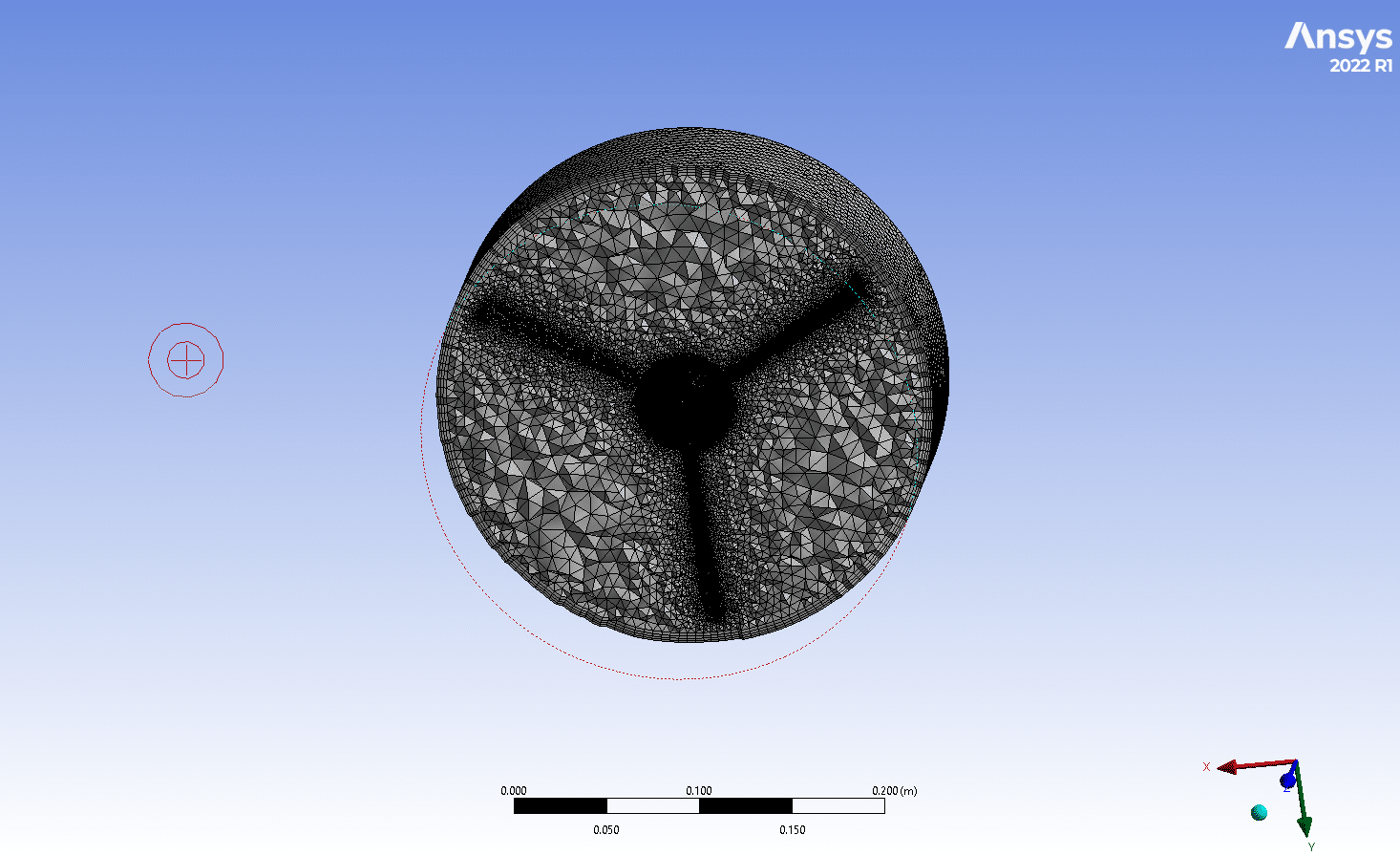
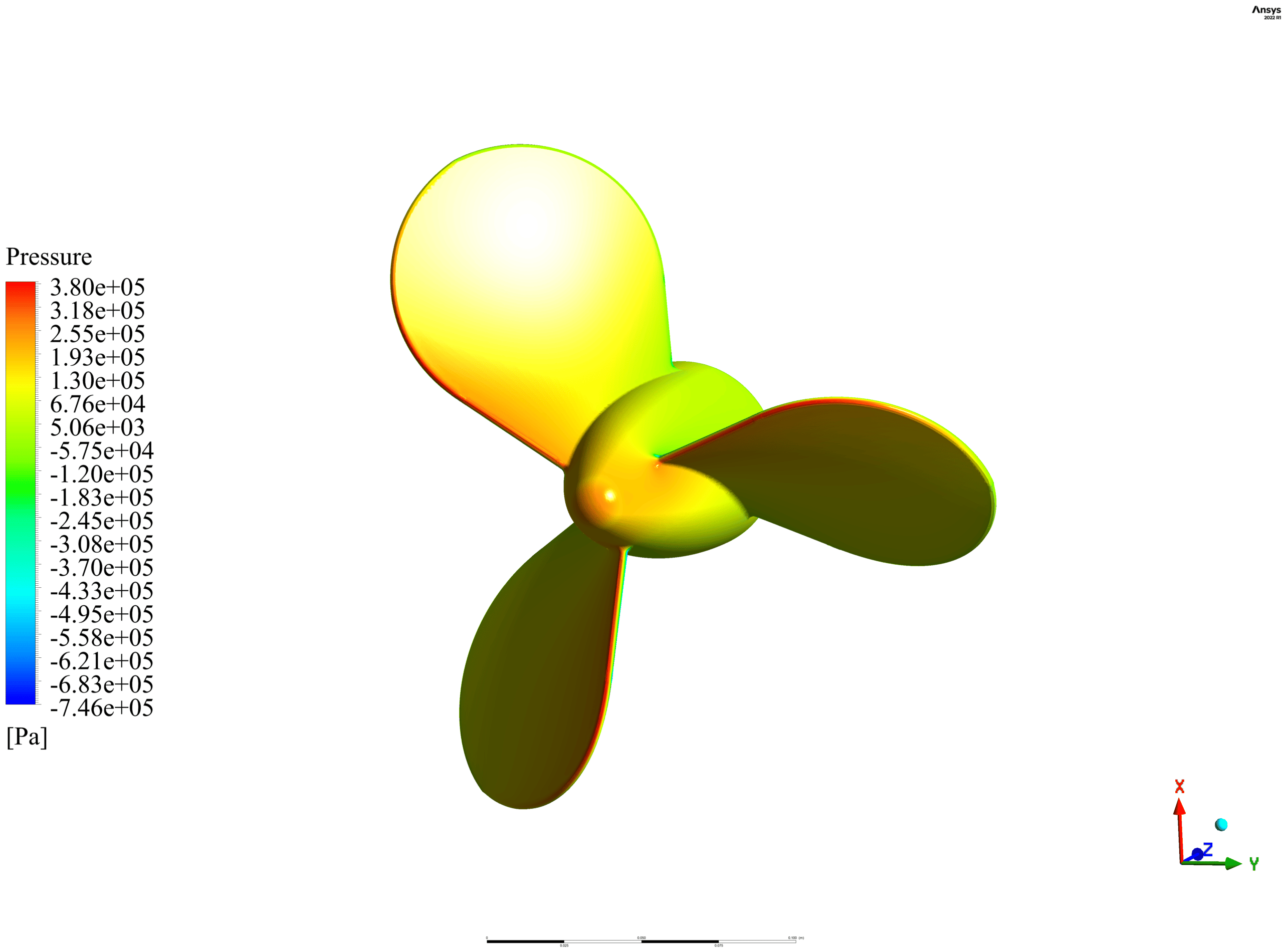
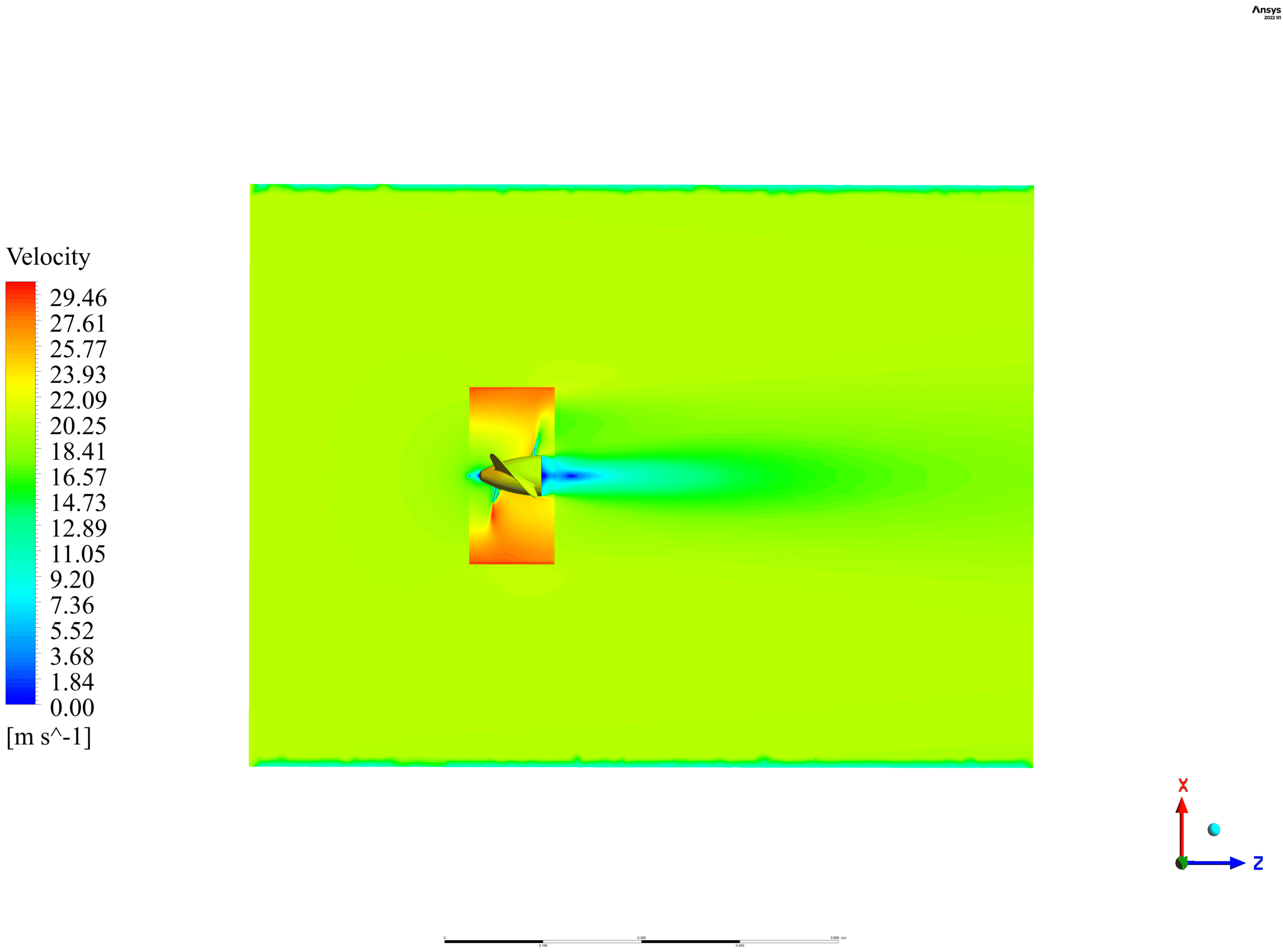
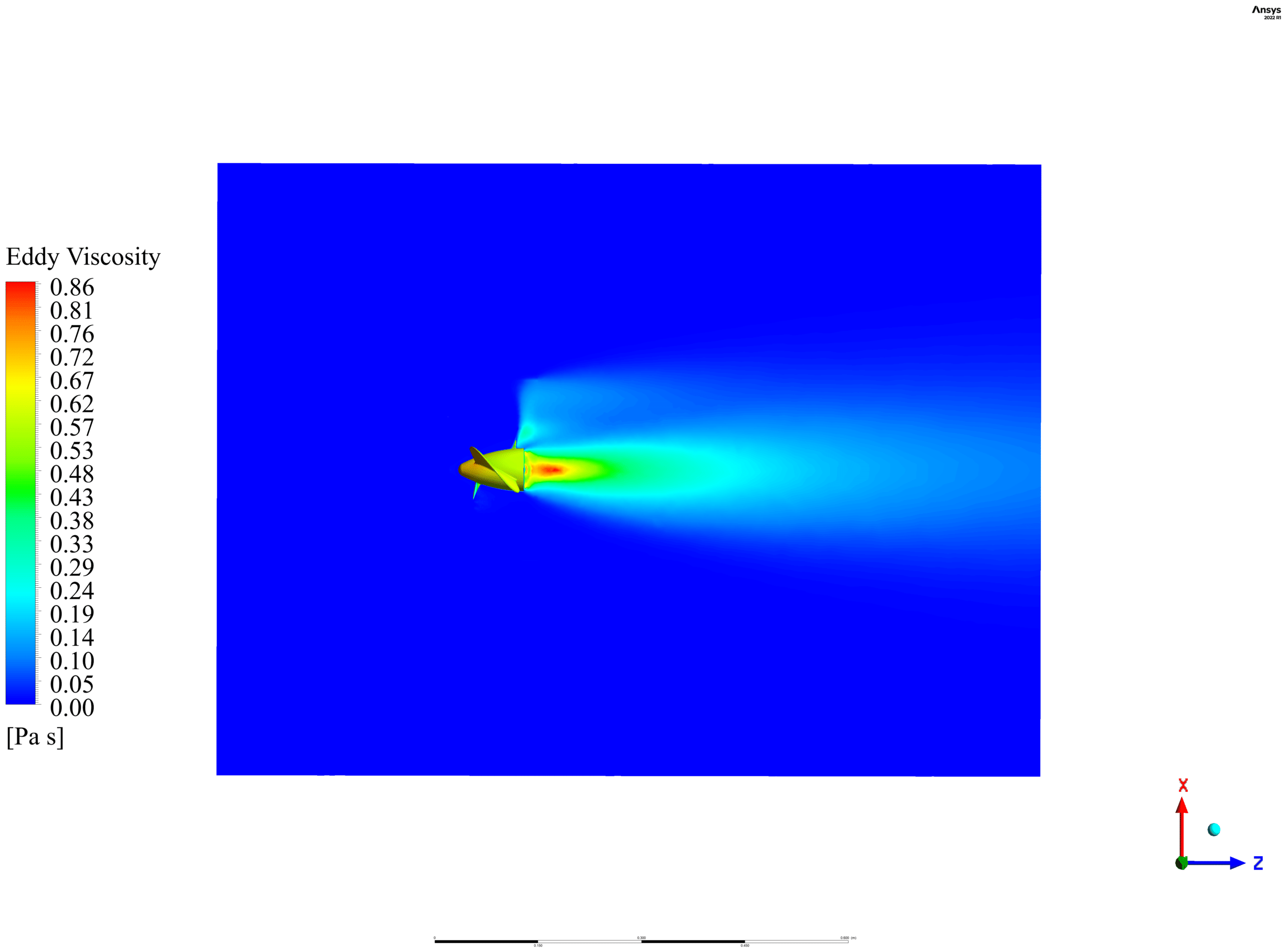
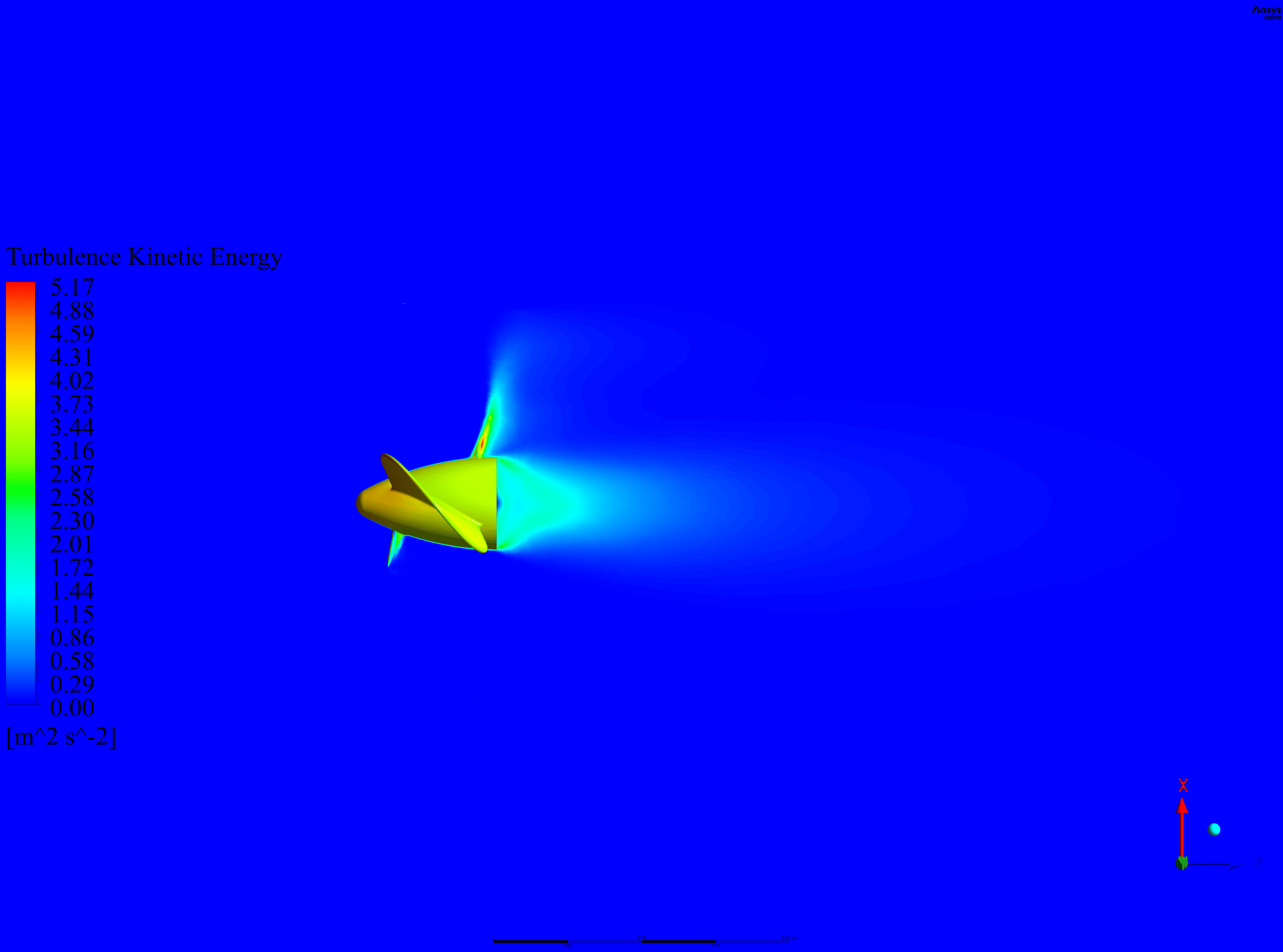
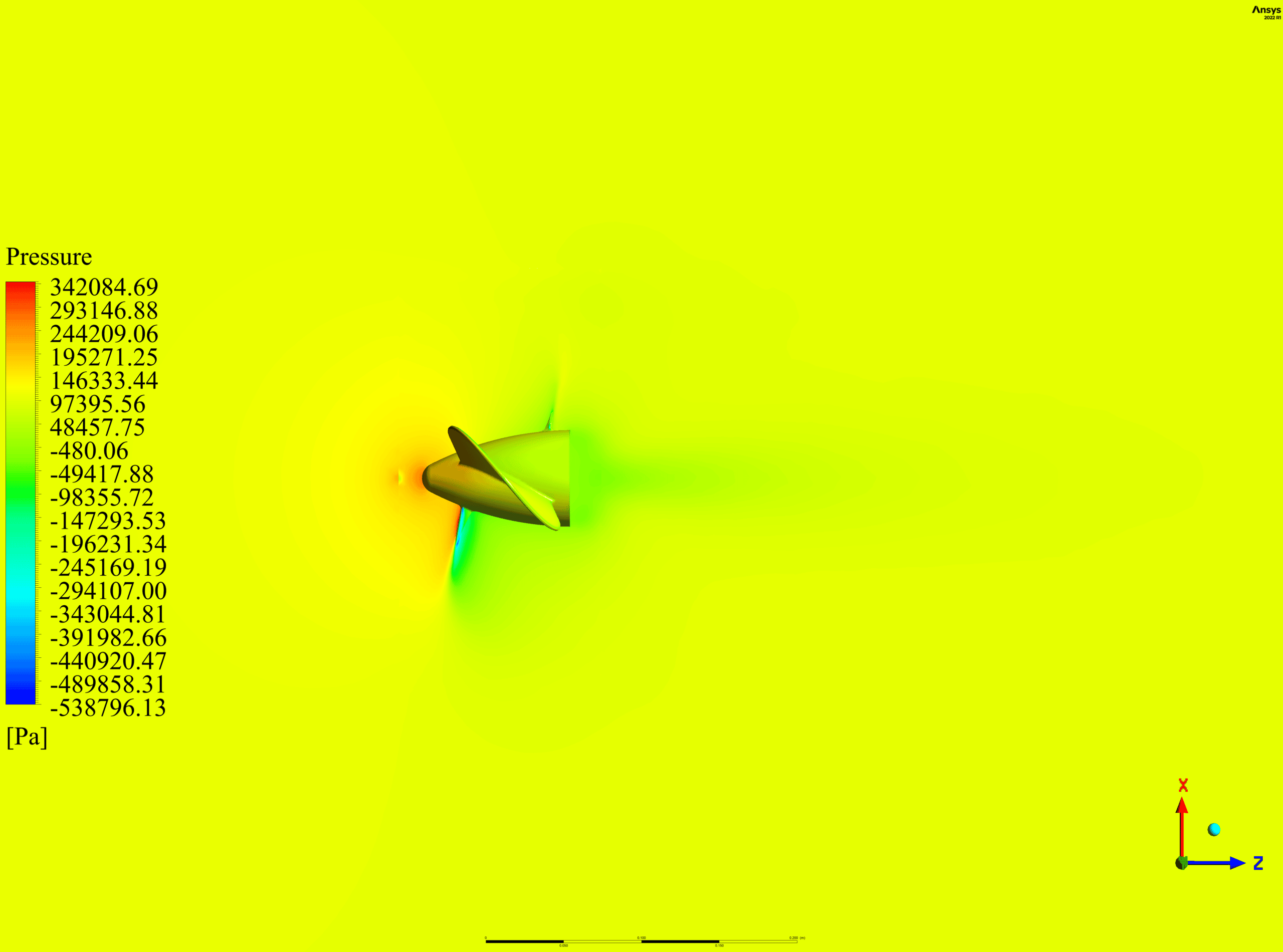
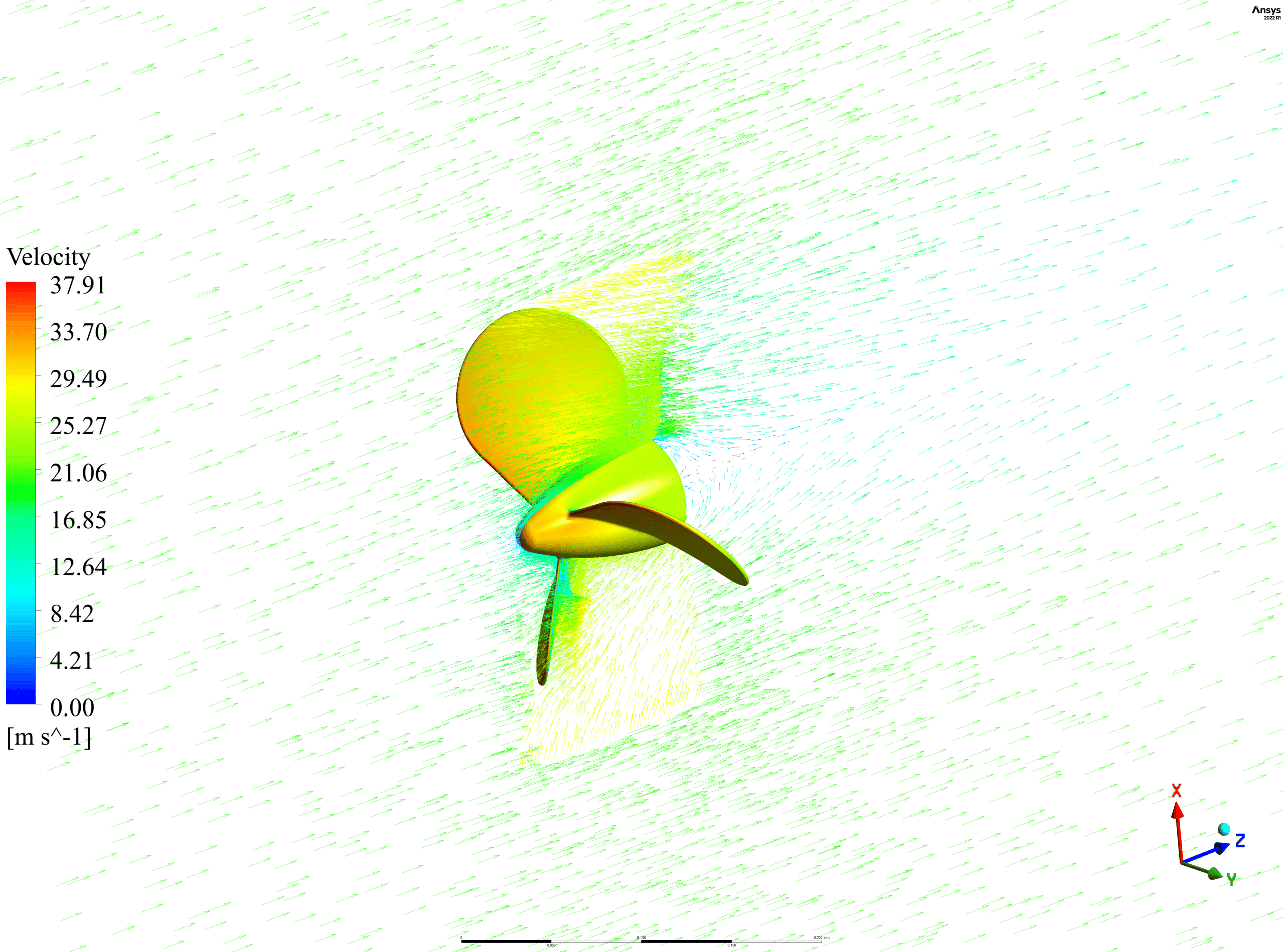
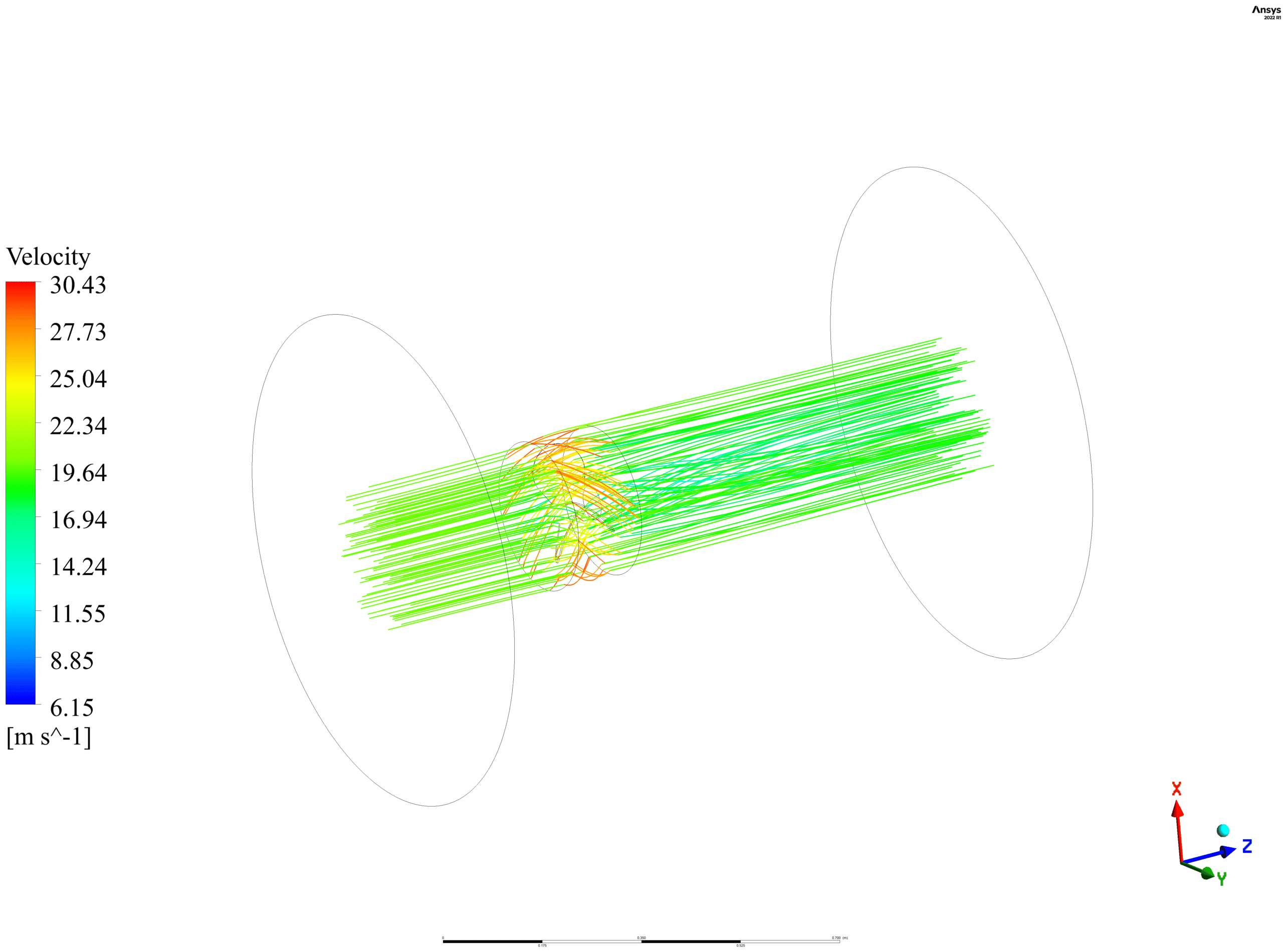

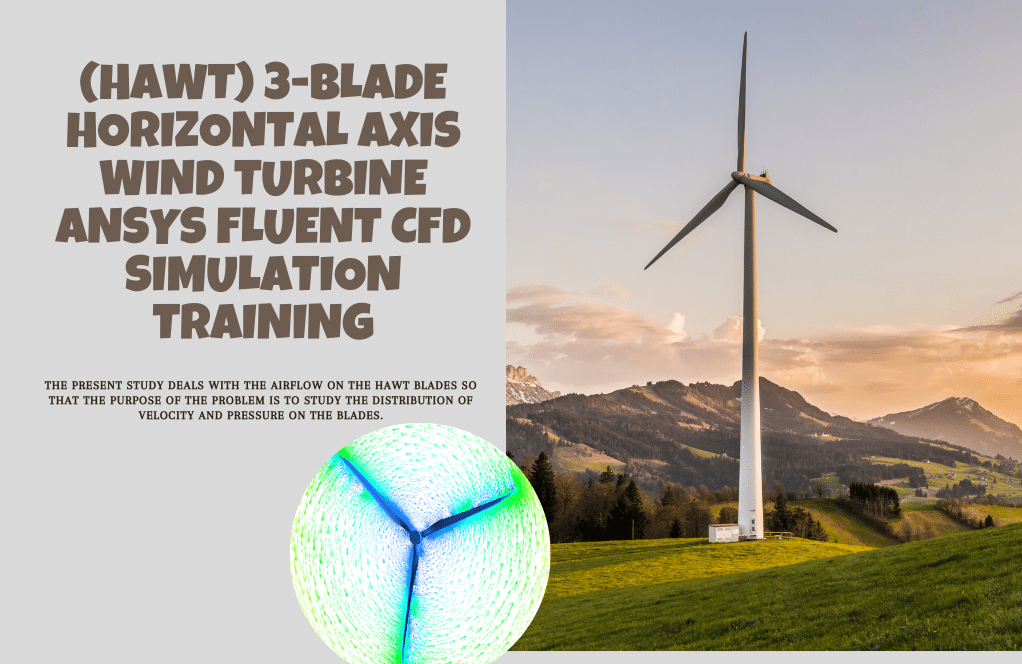
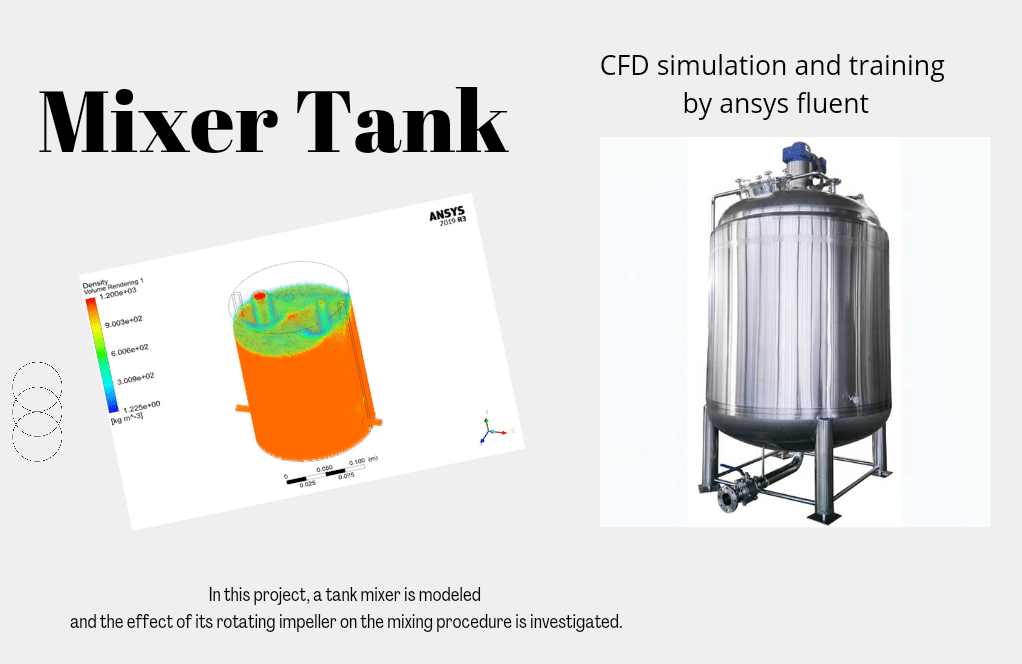
Prof. Federico Smith –
The attention to detail in modeling and generating high-quality elements in the Boat Propeller ANSYS CFX training product made my learning experience exceptionally practical and insightful. The contour, pressure, and vortex visualizations helped me grasp complex concepts easily.
MR CFD Support –
Thank you for your positive feedback! We’re thrilled to hear that our product enhanced your understanding of CFD concepts and provided a valuable practical experience. If there’s anything more we can assist you with, feel free to reach out.
Mrs. Evalyn Osinski II –
I’ve utilized this Boat Propeller ANSYS CFX training, and the comprehensive approach from geometry design to final analysis was outstanding. The detailed output showing pressure distribution and vortexes helped in understanding the propeller’s performance. Great module!
MR CFD Support –
Thank you for your positive feedback! We’re thrilled to hear that you found the Boat Propeller ANSYS CFX training helpful and comprehensive. Understanding pressure distribution and vortex behavior is crucial for propeller performance analysis, and we’re glad to have assisted in your learning process. If there’s anything else we can help with in your CFD journey, please let us know!
Alfreda Ernser –
The concept of turning torque into thrust is fascinating. This training was highly effective in demonstrating that through the simulation of a boat propeller. Kudos on creating such a detailed and comprehensive educational product.
MR CFD Support –
Thank you for your kind words! We’re thrilled that you found the training valuable and that it effectively demonstrated the conversion of torque into thrust via the propeller simulation. It’s our goal to provide detailed and comprehensive learning experiences, and we appreciate your positive feedback!
Kevon Jaskolski –
I was amazed to see the detailed visualization of the waterflow and the resulting vortexes behind the propeller in the animations. The application of the Shear Stress Transport (k-\u03c9 SST) model and the high-resolution settings seem to have captured the complex interactions effectively. Well done on handling this challenging simulation with such precision!
MR CFD Support –
Thank you for your kind feedback! We’re thrilled to know that the animation and detailed visualization met your expectations and helped you appreciate the complexity of the flow patterns around the boat propeller. We aim to deliver precise and insightful simulations, and we’re glad we could deliver that for you. If you have any more questions or need further assistance, don’t hesitate to reach out!
Prof. Curt Kirlin Jr. –
This training course on Boat Propeller ANSYS CFX sounds fascinating! The combination of theoretical concepts and hands-on experience in creating sophisticated simulations with CFX software must be quite rewarding. The level of detail in describing the setup, such as the rotational velocity and quality mesh generation, truly indicates a profound understanding of fluid dynamics.
MR CFD Support –
Thank you for your kind words! We are thrilled to hear that you found our Boat Propeller ANSYS CFX training course engaging and informative. Our goal is to provide a comprehensive learning experience that deepens understanding and skills in CFD simulations. Your feedback reaffirms our commitment to high-quality educational content. If you have more questions or need further training in the future, please feel free to reach out to us!
Howell Feest –
I am truly fascinated by the accuracy and the level of detail in the Boat Propeller ANSYS CFX training. The amount of fine elements and inflation layers used really seem to contribute significantly to the quality of the simulation. The use of high-resolution schemes for advection and turbulence numerics must have accurately captured the complex flow dynamics and pressure distribution around the propeller. The vortex formation depicted through the visuals attests to the robustness of the modeling process. All in all, it sounds like a thorough and realistic training module that would be incredibly insightful for anyone studying fluid dynamics or involved in maritime engineering.
MR CFD Support –
Thank you for your positive review! We’re glad to hear that you appreciated the attention to detail in our Boat Propeller ANSYS CFX training course. Our goal is always to deliver the most precise and educational content and we are happy that was reflected in your training experience. Your insights underline exactly what we aim for with our simulations. Again, thank you for taking the time to provide such thoughtful feedback!